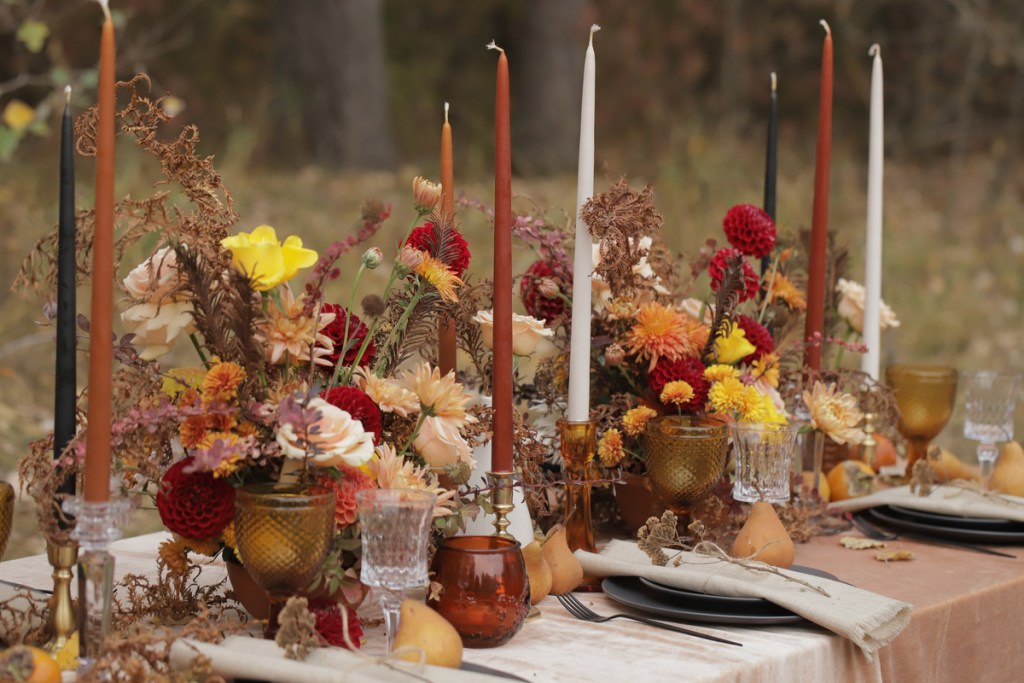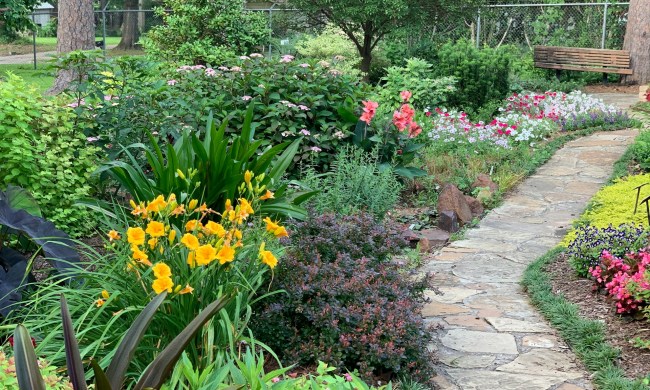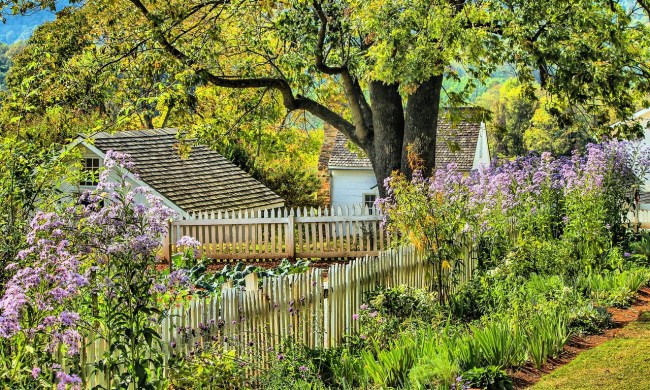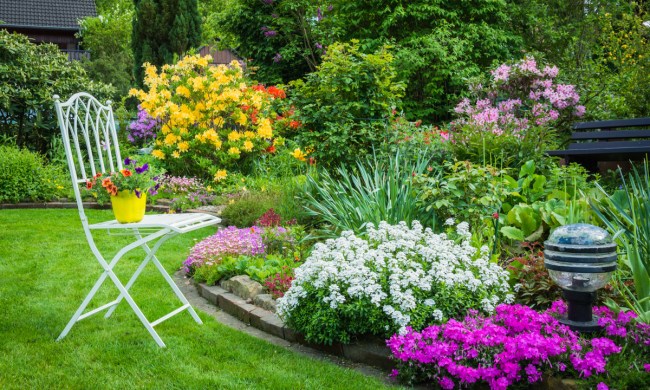Mums, also known as chrysanthemums, are a stunning addition to any home landscaping design or garden, especially during the fall season. Their vibrant colors and unique shapes make them the perfect plant to celebrate autumn’s beauty. However, to enjoy these blooms at their best, it’s essential to understand how to care for mums. Let’s walk through chrysanthemum care tips in various settings and seasons.
How to care for mums in pots

Mums are a popular choice for container gardening, offering flexibility in placement and adding beauty to porches, entryways, and even small patio designs. Caring for mums in pots requires a little extra attention compared to mums planted in the ground, but the results are worth the effort.
Plant them properly
Start by selecting a pot with good drainage to avoid root rot. Mums love well-draining soil, so ensure the container has holes at the bottom. When planting mums in pots, use a high-quality potting mix enriched with compost or organic matter for better moisture retention.
Light and water requirements
Place the pots in locations that get at least six hours of sunlight daily. Mums are sun-loving plants, so too much shade can result in fewer blooms and weak stems. Watering mums in pots is essential but needs balance. Mums prefer consistently moist soil, so check the soil regularly and water when the top inch feels dry. However, avoid letting the roots sit in soggy soil, as this can lead to root rot.
Fertilize
If your potted mums start to wilt or look tired, they may need a light dose of fertilizer to perk them up. Use a balanced fertilizer every two to four weeks during the blooming season to encourage healthy growth and vibrant flowers.
How to care for mums indoors

Indoor mums can bring a burst of color to your home, but they require specific care to thrive in an indoor environment.
Indoor light requirements
When bringing mums indoors, place them in a bright location where they can receive indirect sunlight. South or west-facing windows are often ideal, but if your indoor space doesn’t get enough natural light, consider using a grow light to supplement their sunlight needs.
Watering indoor mums
Just like potted mums, indoor mums need well-draining soil and a pot with proper drainage. Water your indoor mums when the top layer of soil feels dry, but be careful not to overwater them. Overwatering can lead to yellowing leaves and root rot, which will quickly diminish the beauty of your mums.
Addressing health issues indoors
If you notice your indoor mums becoming leggy or not blooming as much, it may be time to move them to a brighter spot or adjust the watering routine. Indoor mums can also benefit from regular pruning to keep them looking tidy. Pinch off any dead or dying blooms to encourage new flowers and maintain a fresh appearance.
How to care for mums outdoors

For outdoor mums, the key to success is in giving them the right environment.
Preparing your garden bed
Select a well-draining spot in your garden where the flowers won’t sit in waterlogged soil after rain or watering. Before planting, prepare the garden bed by loosening the soil and adding compost to improve drainage. Outdoor mums thrive in nutrient-rich soil, so a good mix of organic material will help them establish strong roots.
Outdoor care requirements
- Mums planted outdoors need plenty of sunlight, at least six hours a day.
- Once planted, water deeply, ensuring the soil stays evenly moist but not soggy.
- Mulching around outdoor mums can help retain soil moisture and protect the roots from extreme temperature changes.
How to care for mums in different seasons

Mums are hardy perennials that can thrive year-round with the right care. Their care routine varies slightly depending on the season, but with a few adjustments, you can enjoy healthy mums all year long.
Winter
During winter, mums go into dormancy, especially if you’re growing perennial varieties. To protect them from harsh winter conditions, add a thick layer of mulch around the base of the plant after the first frost. This will insulate the roots and help the plant survive the cold months. Avoid overwatering during this time, as mums don’t need much moisture when dormant.
Spring
Spring is the time when mums start to wake up and grow. Remove any old mulch or dead material around the plant to allow new growth to push through. You can begin feeding your mums with a slow-release fertilizer to encourage strong, healthy stems and leaves. Prune back dead or damaged stems from the previous year to help the plant focus on new growth.
Summer
During summer, mums need consistent watering, especially in hotter climates. Check the soil frequently, as mums don’t like to dry out completely. Keep an eye on pests like aphids or spider mites, which can affect the plant’s health during hot months.
Fall
Fall is when mums truly shine, offering a burst of color in your garden or on your porch. Continue deadheading and water regularly, especially during dry spells. If you’re in a region with early frosts, protect your mums by covering them overnight or moving potted mums indoors. By the end of fall, your mums will begin to slow down as they prepare for winter dormancy.
How to keep mums blooming

To keep your mums blooming for as long as possible, regular maintenance is key. Deadheading spent flowers is one of the best ways to encourage new blooms. Pinching off the dead blooms helps redirect the plant’s energy into creating more flowers rather than developing seeds.
Proper watering is also crucial to extended blooming. Mums prefer evenly moist soil, so be sure to keep an eye on the soil’s moisture levels. Fertilizing every two to four weeks during the blooming season can also give your mums the nutrients they need to keep producing vibrant flowers.
Chrysanthemums are a fantastic way to add beauty to your home and garden, especially during the fall months. By understanding how to care for mums in different settings, whether in pots, indoors, or outdoors, and knowing the seasonal requirements for their care, you can enjoy these gorgeous blooms year after year.




